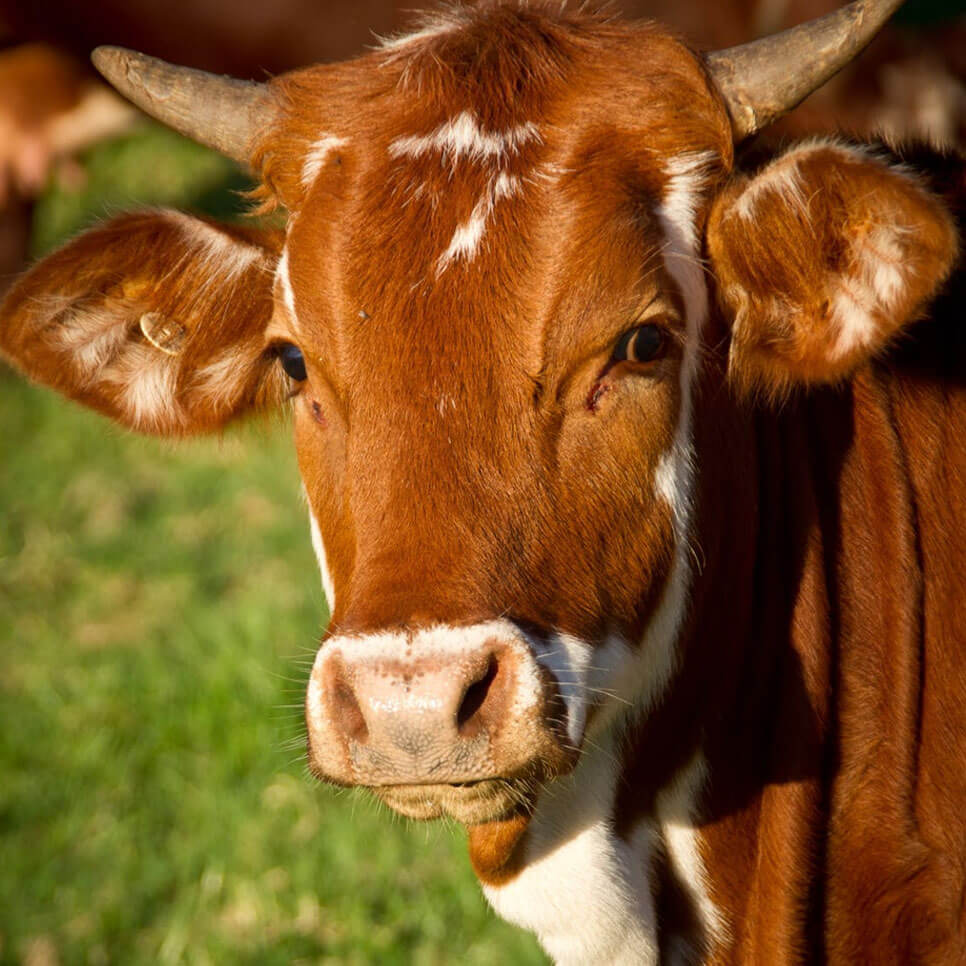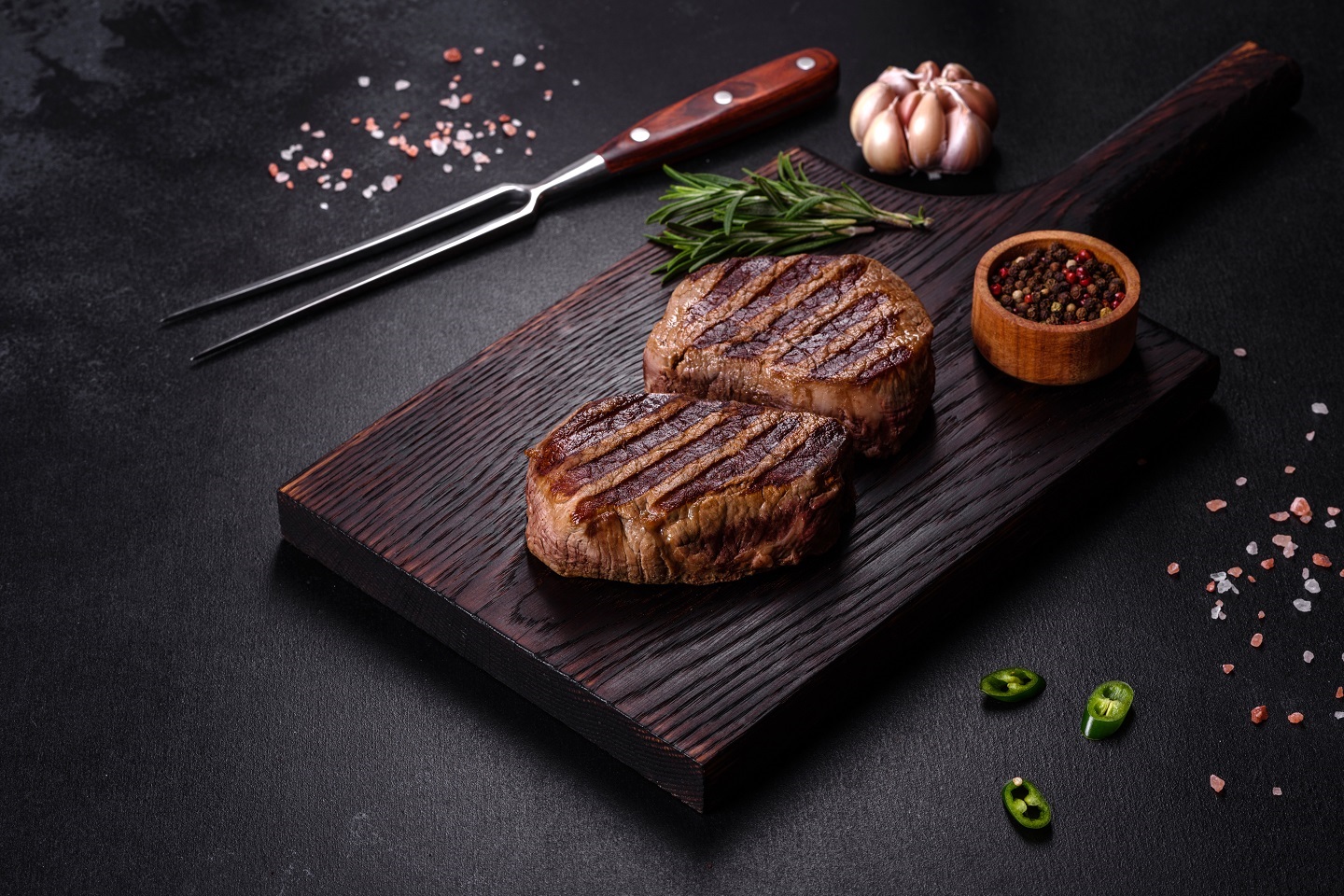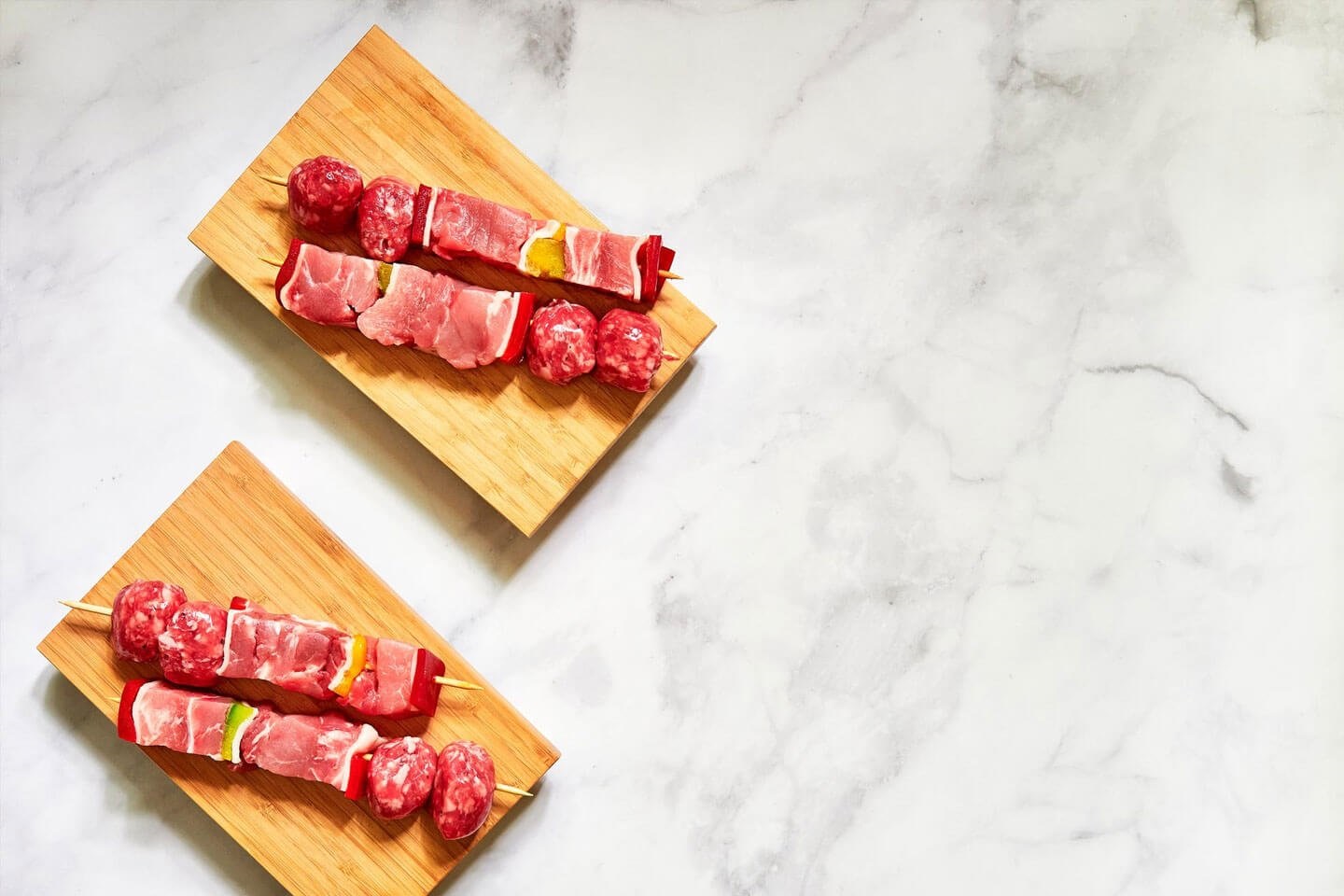Let’s Talk Steak
For serious meat lovers, there is nothing better than a great steak. From sirloin to tenderloins there are so many choices it can be hard to decide. The best cut of steak is the one you like the best. Determining the best of the cut you like can be a little daunting. We are going to take a little time to explain some differences to look for.
Before we begin to select our steak, we need to explore the breed options. To most people the idea of Wagyu Beef says awesome steak. While Wagyu beef is one of the highest quality steak cuts, there are things to know.
What’s the Difference? Wagyu, Kobe, Japanese, American?
There’s a lot of confusion about the terms Wagyu and Kobe Beef, especially. Wagyu refers to four distinct types of Japanese cattle as the word means Japanese Cow. However, while the term can apply to any Japanese cow, outside of Japan, it exclusively refers to Kuroge Washu beef. Wagyu beef comes from the Japanese Kuroge Washu breed of cattle. The meat taken from Kuroge Washu is famous for its intense marbling and rich umami flavor.
The most common type of Wagyu you will find for sale is known as domestic or American Wagyu. It comes from Kuroge Washu cattle exported from Japan between 1975 and 1997 which were crossbred with Western breeds, like the Angus. A tiny number of Fullblood Kuroge Washu animals have made it to the US, but they represent just 0.029% of domestic cattle, and their meat is almost as rare as Japanese imported Wagyu.
Japanese Wagyu is graded on a much stricter system than the USDA beef grading system, and its export is heavily tariffed. Unlike American or Australian Wagyu, Japanese Kuroge Washu cattle are not interbred with other breeds. Their breeding is so heavily restricted that 99.9% of all Kuroge Washu breeding cows can trace their lineage to just one bull.
Kobe beef is considered the pinnacle of Wagyu beef. This beef is taken from cattle raised in the Hyogo prefecture and is a Japanese trademark. So, while the term American Wagyu is perfectly legitimate, the term American Kobe doesn’t make any sense.
American USDA Terms & Grading
For most Americans, a steak with proper marbling or fat content is essential. It is where “the flavor” comes from. For this reason, most European cattle is not a preferred choice. For the best marbling, we tend to go to The Angus breed of cattle.
As a note here, Certified Black Angus is merely a trademark of The United Beef Company. Black Angus is an Angus cow that is at least 51% black in color. Don’t be led astray by Certified Black Angus, it is merely a sales tactic.
Steak, in the US, is graded. The grade levels are Select, Choice and Prime with Prime being the highest quality grade and is reflected in the marbling. The grading, however, is merely the starting point and does not always mean the best quality for the money spent. You can pay twice as much for Prime, and it may only be 20% better in flavor. Check with your butcher to understand the difference.


Nature vs. Nurture
How the cow is raised and grazed makes more of difference than any other characteristic. Grass fed has come to take on new meanings. In many areas of the country, cows are grazed, they eat grass. However, on many ranches there is not enough grass to sustain the herd and their diet is subsidized with hay and/or alfalfa. This reduces the quality of the flavor of the meat. The best steaks are grass fed with no subsidies up until the last 30 days when grain is added to their diet to increase marbling and “fatten up” the cow. These cows produce a more marbled, better flavored steak.
Today, you will find steaks that are 100% grass fed. While they may have been grazed on all grass, they have not been “fed out” with grain in the last 30 days or so. This produces a looser grain in the steak, and they contain less fat. While many believe there is something to this way of raising cattle, for most, it does not have the characteristics of a great steak with proper marbling and thus, better flavor. In addition, due to the loose texture and reduced fat content, cooking a 100% grass fed steak can be challenging to get to the correct internal temperature.
Why Where You Buy Makes a Difference
If you go to your local grocery store you will find all “types” of beef, Certified Angus, Butcher’s Select or Choice, even Prime. You will find all ranges in price, even advertised specials like $9.99 a pound for prime beef. Be careful, this is where they can get you. First, the cost of most any prime beef is more than $10 per pound.
The amount of beef purchased by chain groceries is substantial. A single ranch cannot supply the amount of beef needed by one chain, much less, many chains. The meat you get today could come from one ranch in Texas and tomorrow, the same packaging will contain meat from a ranch in North Carolina. There is no consistency in the meat offered for purchase.
Let’s look at a Ribeye Steak to better understand what the chain grocery is selling. You will see, for example, USDA Choice Heart of the Ribeye. Sounds great, what is the problem? The term Heart of The Ribeye means the spinalis (the cap) has been removed. In other words, the best part of the steak has been cut off the steak before packaging. In fact, the Spinalis or Cap is sold separately to high end steak houses and gourmet butcher shops. You may wish to research ribeye cap steak or Spinalis Dorsi.
The next factor to consider is aging. Aging allows the meat to “tenderize” and develop its flavor profile. Wet aging occurs in a cryovac bag where the meat uses its own “juices” to help tenderize or “break down” the meat. This process is usually 21-28 days and really intensifies the flavor of the steak. Dry aging is just that, the meat is aged without remaining in its own juices. While dry aged beef may have added flavor qualities, it can be quite expensive. Dry aged beef loses roughly half of its volume during the aging process. In other words, it takes a 32-ounce cut of beef to dry age for a 16-ounce steak to grill. Due to time constraints and the cost of aging, you will rarely find aged beef, wet or dry, at your chain grocery.
Choosing a Great Steak
So, what should we look for in finding a proper steak? First, decide which cut you prefer. Tenderloin (Filet Mignon), NY Strip, Ribeye, etc. The next step is selecting the steak itself. There needs to be enough marbling (fat content) to allow for proper cooking and flavor. Here, look for a top one-third choice or prime. The bottom of the choice grade and select just don’t have the quality to provide a good steak. A big mistake is getting a steak that is too thin. Your steak should be at least an inch thick to allow a proper cook. A thin steak is ruined by the time it hits the grill. If you think the big steak is too much to eat, you can always get one and share it. One proper steak is much better than two mediocre steaks.
Putting it All in Perspective
You can get a decent cut of meat at your chain grocery and if price is your major concern, this is a viable option. However, if you want quality and consistency, you may wish to look further. A local butcher or gourmet market that gets their meat from the same ranch, has consistent marbling, and is aged to perfection is going to be your best option. You need find a place you can trust. You need people who understand the processes and can help you select the right cut. When it comes to steak, you get what you pay for and, for the discerning grill master, you need your local butcher or market.
The best recommendation for selecting and purchasing a good steak is go to a market that understands the product. Being able to look at both sides of the steak will give you a better idea of the actual quality. The steaks should be consistent in appearance. Finally, engage in a conversation with the people at the market. If they don’t know the steak, intimately, I would choose another shop. Life is too short to eat bad steak. Visit the market, they will love talking about their product.
Happy Shopping!
– Hazel Dean’s





